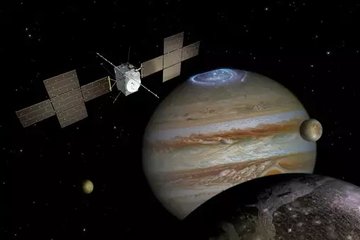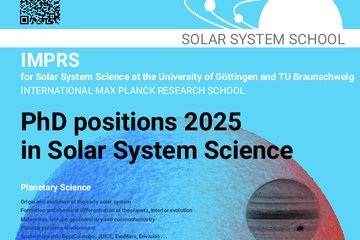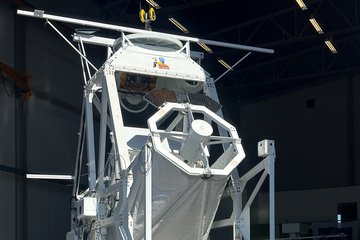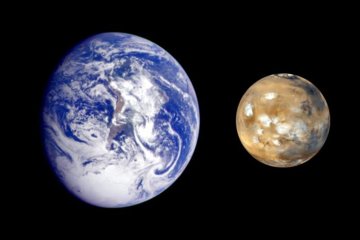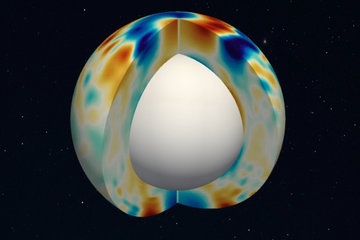Response of the Martian atmosphere to solar activity
Solar irradiance variability as seen by Mars general circulation models and comparison to HOPE data
The variations of the solar irradiance are one of the most intriguing manifestations of solar magnetic activity. They are attributed to concentrations of the magnetic field on the solar surface which form magnetic features, such as bright faculae and dark spots.
While there have been numerous studies indicating that the variability of the solar irradiance affects the terrestrial atmosphere, its possible effects on the atmospheres of other planets are poorly known. The data from the recently launched HOPE mission to Mars (http://www.emm.ae) are expected to shed new lights on the properties of the Martian atmosphere and its temporal changes.
In the first stage of this project we will compute the solar irradiance seen from Mars. For this we will need to simulate the distribution of magnetic features on the solar disk as seen from the vantage point of Mars. This distribution might be very different from that recorded by an Earth-bound observer, in particular when Mars is on the opposite side of the Sun from the Earth. We plan to perform simulations using far-side helioseismic images and models for the surface transport of solar magnetic flux. Then we will simulate the response of the Martian atmosphere to solar irradiance variability with our in-house Martian general circulation model (https://mars.mipt.ru/) and compare our calculations to the HOPE data.






